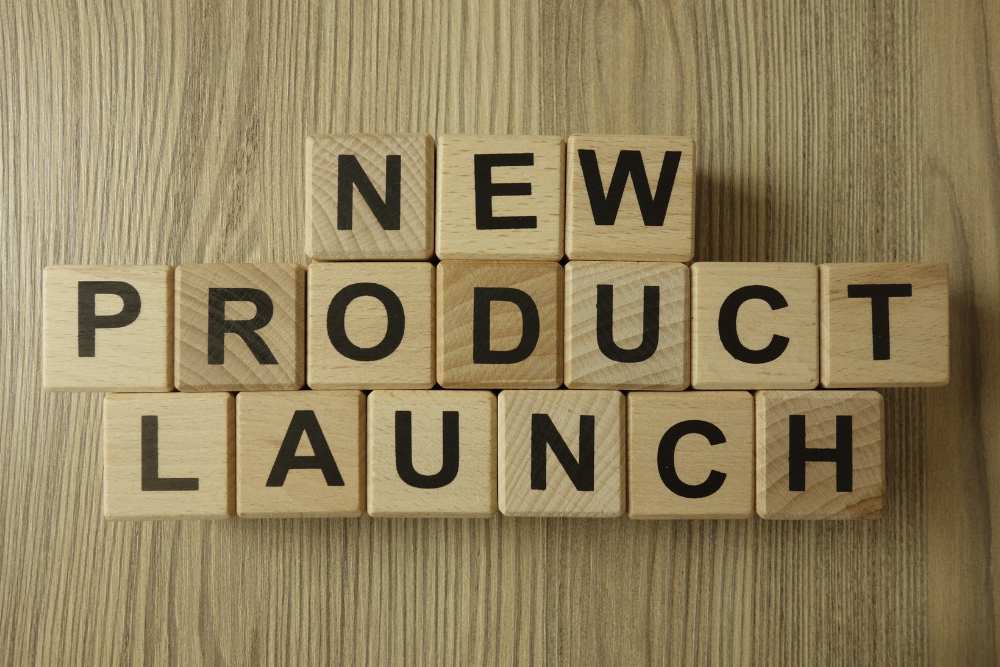Every brand dreams of the perfect launch day. The media buzz. The sold-out sign. The flood of flattering DMs. And when it all goes to plan, it is magic. But what happens when it doesn’t?
What happens when the website crashes, the samples don’t arrive, and a last-minute negative comment threatens to derail months of planning?
Here’s the thing: no matter how meticulously you prep, no launch is immune to mishaps. But the brands that come out stronger are the ones backed by thoughtful, strategic launch PR crisis planning—the kind that turns chaos into clarity and problems into pivots.
Let’s pull back the curtain on a real-world-style scenario of a brand launch that went sideways, and how quick, calm PR crisis management transformed a shaky start into a long-term brand-building win.
The Launch That Had It All… Until It Didn’t
The setting: a premium lifestyle brand entering a crowded market with a sustainable, elevated product line. Think minimal branding, modern palette, and a tone of voice designed to speak to conscious, fashion-forward consumers.
Months were spent crafting messaging, lining up media, and curating influencer moments. Launch day was locked in, with embargoed stories scheduled to drop across online fashion and lifestyle media, plus a targeted influencer campaign ready to go live by 9am.
At 8:47am, everything started to unravel.
The brand’s Shopify backend began crashing under the traffic surge—media links went to error pages. Customer support channels flooded with complaints. One influencer, unable to access her affiliate link, posted her frustration publicly. A journalist messaged: “Can’t access the site. Do you have updated info?”
Just like that, a dream launch became a launch PR crisis.
Step One: Breathe. Then Communicate.
The first rule of PR problem solving? Don’t panic—pivot.
In the first hour, the most critical decision wasn’t technical—it was communicative. The PR team immediately:
- Alerted all key media with a short, calm update: “We’re experiencing a surge in traffic and the site is temporarily offline. We’ll share an updated link and quote from the founder shortly.”
- Checked in with every influencer with a pre-written message they could copy and paste into their captions and stories, acknowledging the hiccup with grace:
“As expected, you all loved this launch a little too much! The team is working behind the scenes to get everything back online—thank you for your patience.” - Drafted a founder note for socials that balanced vulnerability with professionalism.
No ghosting. No denial. Just immediate, transparent, empathetic updates. That’s PR crisis management in its most human form.
Step Two: Flip the Narrative
Once the chaos was stabilised, the next move was to reframe the story.
Instead of treating the traffic crash like a failure, the PR team repositioned it as proof of overwhelming demand. Pitches to media were tweaked:
“We anticipated strong demand—but the response exceeded all expectations, crashing the site within minutes. Here’s how the team is rebuilding in real-time.”
This reframing did two things:
- It created a new story worth covering—one with tension, resolution, and a human element.
- It reassured potential customers that the product wasn’t flawed—it was just that popular.
Media took the bait. What started as a tech failure was now the headline:
“The Launch That Broke the Internet..’ An example of this was Click Frenzy which Piccolo PR represented for three years. The initial launch was unexpected, which meant the computer wasn’t able to deal with the demands of traffic. This caused national media coverage and was considered a great success for years to come.
Piccolo PR achieved incredible media coverage across TV, radio, national media print and online editorial due to national outcry- and ongoing campaign success year after year.
Also Read – The Psychology of Brand Awareness: Why Familiarity Breeds Trust
Step Three: Lean Into the Community
One of the core principles of strong brand launch PR is relationship building. A great launch isn’t just about clicks—it’s about loyalty.
So, once the tech issues were under control, the PR team helped the brand craft an email campaign titled “Let’s Try That Again.” It apologised, explained, and—critically—offered early access to the restocked range exclusively to subscribers who signed up during the botched launch.
This rebuilt goodwill. It made customers feel seen. It reignited buzz. And it increased the email list by 312%.
On Instagram, the founder posted a follow-up reel with behind-the-scenes footage of the team troubleshooting in real time—funny, raw, and relatable. The comments rolled in:
“Thanks for being real.”
“This is why I’ll always support small brands.”
“Obsessed with how you handled this.”
In a matter of days, what started as a mess became a masterclass in PR problem solving.
Step Four: Make the Long Game the Goal
PR isn’t just about crisis containment. It’s about capitalising on moments that define a brand’s voice.
So, after the dust settled, the team worked the long tail of the story:
- A podcast episode with the founder sharing how they handled the breakdown
- A follow-up editorial with the theme: “The Beauty of an Imperfect Launch”
- A thought-leadership piece on the resilience of start-ups, pitched to business and entrepreneurial media
- LinkedIn commentary positioning the brand as honest, human, and still one to watch
By shifting gears from defensive to proactive, the team turned the short-term scramble into a brand-building narrative. Launch PR crisis turned into community-building PR.
What We Learned (and What You Can Steal)
Not every launch will go wrong. But every smart brand builds as if it might.
Here’s what this story teaches about smart PR crisis management during a launch:
1. Pre-Write Your Plan B
Have your reactive messaging written in advance—email drafts, caption options, customer notes. When time is short, this buys you clarity.
2. Own the Mistake, Then Rewrite the Script
Transparency builds trust. But once you’ve acknowledged the issue, shift to storytelling. Make the moment mean something more.
3. Use Your Founder as a Human Bridge
People connect with people, not corporations. A founder’s voice—warm, humble, honest—can repair a lot of damage.
4. Play to Your Channels
In a crisis, PR needs to work with every platform’s strengths:
- Email to clarify and contain
- Instagram to humanise and rebuild
- Media to reframe and relaunch
- LinkedIn to strengthen the founder’s thought leadership
5. Don’t Let a Crisis End the Conversation
Great brand launch PR uses a launch as a starting point, not an end goal. A bumpy beginning can still lead to a powerful, long-term story.
Check Out – Crisis Mode On: Media Training Techniques Every Brand Needs Before a PR Emergency
A flawless launch is a lovely idea. But an imperfect one handled well? That’s far more powerful.
In the world of modern branding, it’s not about avoiding problems—it’s about managing them with grace, speed, and smarts. When a launch PR crisis strikes, the best PR professionals don’t just smooth things over. They find the opportunity inside the chaos. They build community in the gap. They turn glitches into growth.
Because a stumble isn’t the end of the story.
Handled well, it’s just the beginning of a better one.








